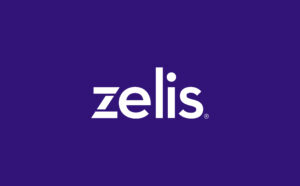Member Engagement and Satisfaction in Healthcare
This report address current member engagement strategies, as well as the work that still needs to be done pre- and post-care.
Download the Deep Dive
Member Engagement and Satisfaction
Member Engagement and Satisfaction in Healthcare: Payments Harmonization Index
Member engagement is a valuable component of a healthcare payer’s strategy that truly differentiates each organization within a competitive environment. In order to form lasting relationships, encourage trust, and lower claims, payers must see members as who they really are — people, each with unique life and health circumstances.
Based on a Q1 2022 survey of 214 healthcare payer executives, the Payment Harmonization Index was designed to establish the current state of engagement with members, identify gaps throughout the member experience, and explore the interdependence among payers, providers, and members.
Findings from the study are presented in a series of five reports. This report address current member engagement strategies, as well as the work that still needs to be done pre- and post-care.
Some of the key insights you’ll find in the report:
- Member engagement does not have to be a tale of smoke and mirrors.
- Member engagement is changing, and technology can meet the moment.
- Provider information is critical.
- Chatbots provide an opportunity.
- The path to automated adjudication is long.
- Areas for easy automation abound.
This study was based on a quantitative survey conducted in Q1 2022, in which 214 healthcare payer executives participated. Seventy-five percent of participants worked at health plans, and the balance worked at TPAs. The survey questions identified the priorities of healthcare B2B executives regarding payments modernization and explored the actions they put in place to meet those priorities.
The findings presented in this paper are drawn from the responses of 60 B2B payments executives across the U.S. and supplemented with additional context and analysis from Aite-Novarica Group research. The data presented have a 10-point margin of error at the 90% level of confidence.


